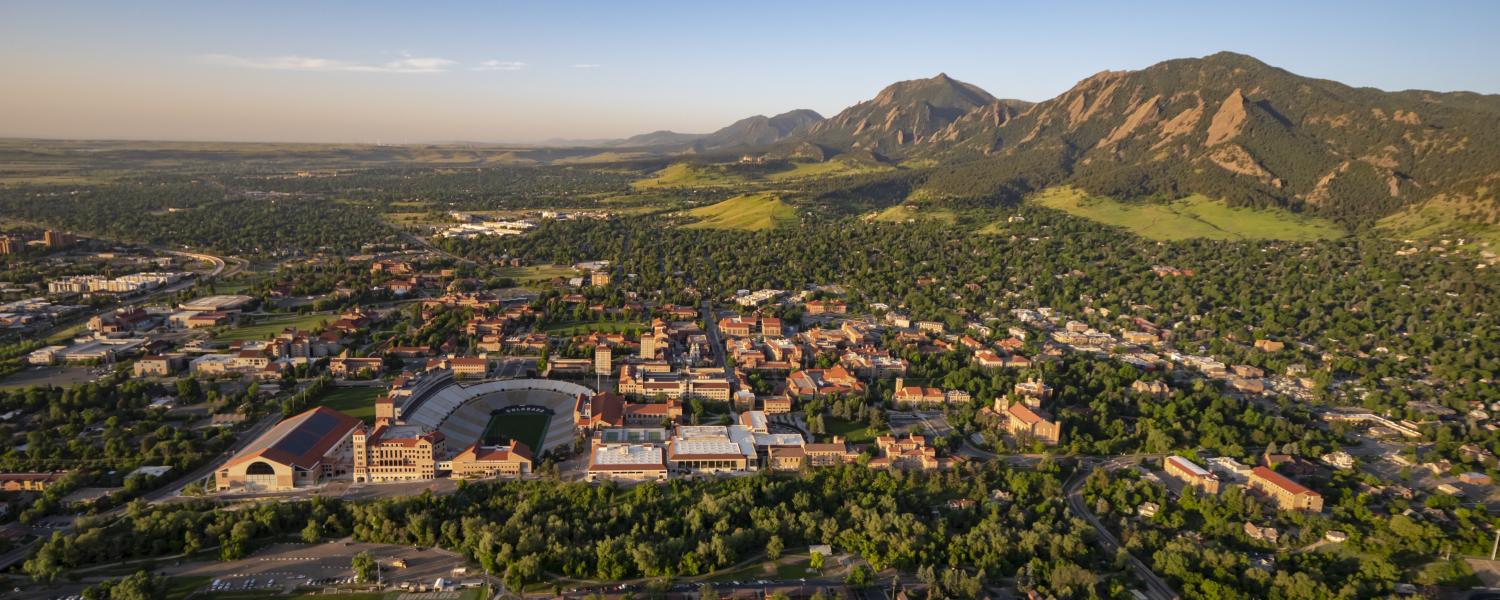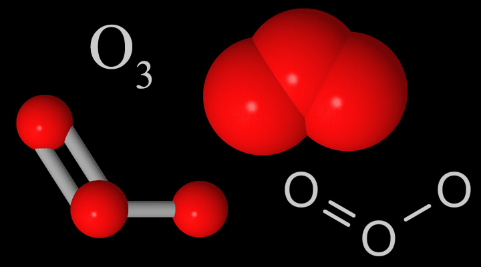
Ozone is a gas made of three oxygen atoms (O3). Ozone occurs in both Earth’s upper atmosphere and at ground level. Ozone can be good or bad, depending on where it’s found.
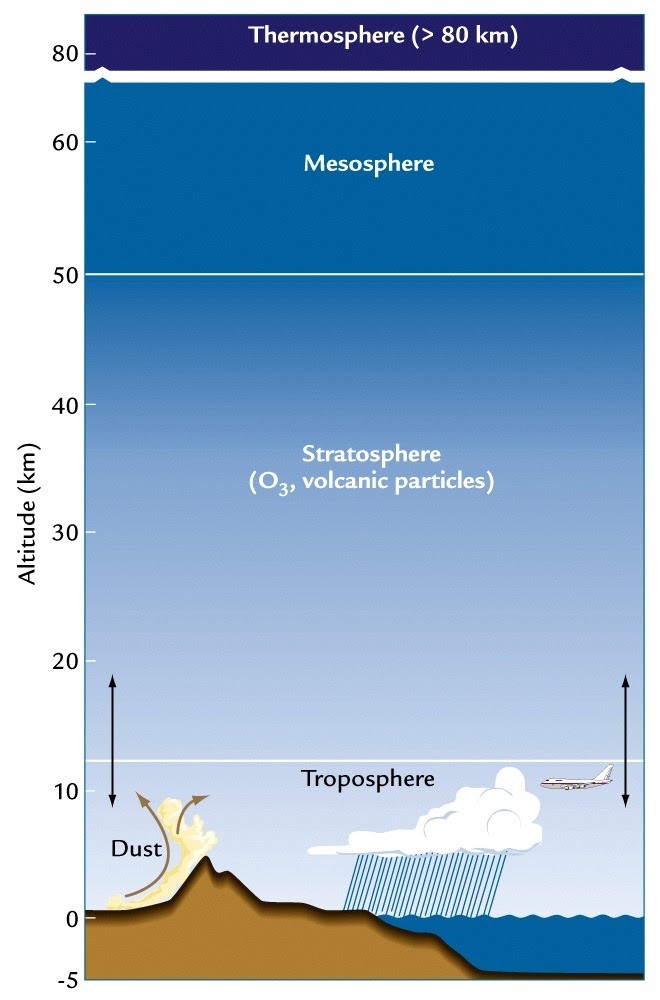
The Atmosphere … What does it have to do with ozone?
Stratospheric ozone:
Occurs naturally in the upper atmosphere, forming a protective layer shielding us from the sun’s harmful ultraviolet rays. Since the 1980s, the infamous Ozone Hole over Earth’s polar regions (mainly Antarctica) has been the result of manmade chemicals partially destroying this “good” ozone.

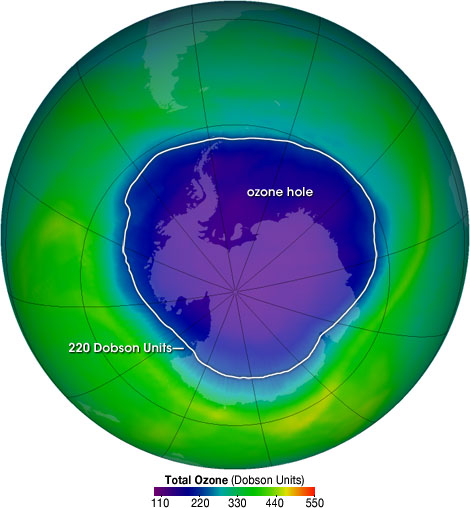
2.69×1016 ozone molecules cm)
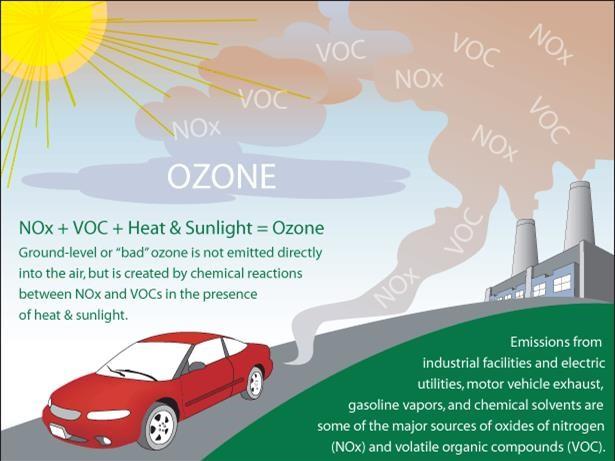
Tropospheric Ozone:
Ozone is everywhere throughout the troposphere, but at ground level it is a harmful air pollutant. It is produced by photochemical reactions (between chemical gases and sunlight). The chemical gases are known as “precursor gases” which include nitrogen oxides, non-methane volatile organic compounds, methane or carbon monoxide. Not only does it affect both people and the environment, but it is also comes from human and environmental emissions. Natural sources include things like wildfires, biogenic hydrocarbon emissions, lightning NOx (a generic term for nitrogen oxides, namely nitric oxide, NO, and nitrogen dioxide, NO2), and biogenic NOx from soils. Manmade sources include fossil fuel and biofuel combustion, crop burning and human-caused forest fires.”
Ozone: the Good and the Bad
Ozone is a tricky term because most people think it’s something good. And it’s hard to put a good/bad value on something.
[Danica Lombardozzi, Project Scientist at NCAR]
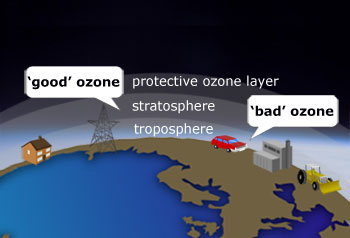
“Good” Ozone:
Protects humans and the environment from ultraviolet radiation from the sun
“Bad” Ozone:
Triggers a variety of health problems, especially for those with lung diseases like asthma. It also triggers a variety of problems in plants.
Ozone sources:

Natural ozone sources:
wildfires, biogenic hydrocarbon emissions, lightning NOx, and biogenic NOx from soils
Artificial ozone sources:
Fossil fuel and biofuel combustion, which is described as things like wood pellets burned in power plants. This is different than crop burning, which is a land management and farming technique.
(Picture of farmers in Delhi crop burning leading to smog and increased pollution)
Effects on Humans and Plants
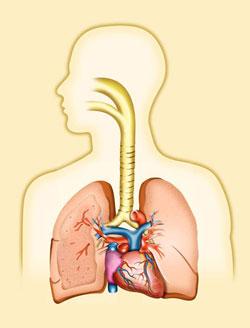
Human Effects:
- Short term: sore or scratchy throat, inflamed and damaged airways, wheezing and coughing, difficulty breathing and shortness of breath
- Long term: increased frequency of asthma attacks, greater susceptibility to lung infections, premature death
- “The Global Burden of Disease 2013 study estimates 217,000 people die prematurely each year due to ozone pollution”

Plant Effects
- Ozone pollution reduces global crop yields by:
- 7-12 % for wheat
- 6-16% for soybean
- 3-4% for rice
- 3-5% for maize
- The greatest impacts are in India and China (crop burning leads to increased production of smog)
- There are key visual characteristics of damage:
- Damage only occurs on top surface of leaf, doesn’t cross veins of leaf, usually dark spots, but not every damage shows up the same
- Usually damage starts out as stipples, but can progress quickly
- Why doesn’t it cross the veins of leaves?
- Veins are adifferent material than the leaf (check out the picture to the left)
- Ozone starts to damage the cells, which causes damage, and when it gets too bad it’ll kill off sections of the leaf
- People need to understand that ozone has an impact
- This means that people will care more about reducing their footprint
- It affects humans. We don’t always think about it because we don’t always see it. It affects our lungs but we don’t always make the connection.
- On plants, we can see the damage because it’s tangible. And hopefully we can start making that connection.
- If people know the signs they can go out to their community and recognize the damage.
- This means that people will care more about reducing their footprint
People need to understand that ozone has an impact. If people know the signs they can go out to their community and recognize the damage.
[Danica Lombardozzi, Project Scientist at NCAR]
